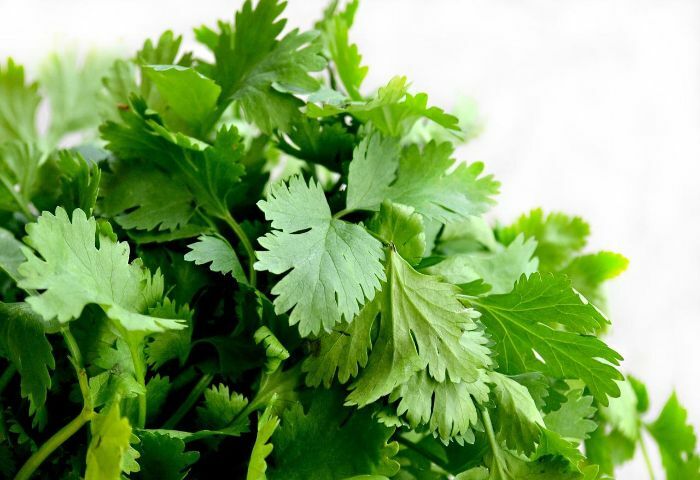Coriander is a staple ingredient in Thai, Chinese, Japanese, Indian and Middle Eastern dishes, where leaves, stems and seeds are used. It is also used to add a fresh, summery flavor to salad dishes. It is characterized by being an easy to plant leafy herb, which grows from seeds sown directly in the ground or in pots.
However, cilantro can be used not only for planting by germinating your seeds It is also grown for its leaves, but you must take into account that varieties have been bred to be better at producing in one way or another, so the variety you choose is important when choosing the propagation method. A seed variety will produce seeds faster than a leaf variety, but once a plant produces seeds, it stops producing leaves, and if you want coriander leaves for cooking, this means you will have a shorter harvest time.
How to plant coriander?
Cilantro enjoys a sunny location, but, appreciates some shade during the hottest part of the day. Plants will produce seeds more quickly if they are stressed by warm weather, which is important depending on what you want to do with your plant. If you also want to improve your garden, plant Geraniums for decoration, the best way to sow and plant one is with this technique.

Cilantro is planted from the end of March to the beginning of September. To achieve a constant supply of leaves during the summer. It is recommended to sow small quantities every 3 weeks. The best months for leaf production are late spring and fall.
Cilantro will grow best planted directly where you want to have it instead of seed trays, then transplanted. This is because the disturbance of transplanting can damage the roots and that is not to their liking. Then sow directly into fertile, well-drained soil. If you need to improve your soil, add a good garden compost or well-rotted manure. Rake the soil surface to remove any lumps or large stones, leaving a fine, uniform tillage. Seeds are best sown in groups of 5 separated 20 cm between rows and 20 cm between plants.
You can also grow cilantro successfully in pots or trays filled with a good all-purpose compost. Coriander plants have deep roots, so pots should be at least 25 cm deep. Spread the seeds on the surface of the compost and cover them, then water them well. In a 25 cm diameter pot you can sow about 5 seeds per pot.
How to care for cilantro?
Cilantro germination takes up to 3 weeks, water them in dry periods and make sure the soil never dries out. If flowers develop, remove them immediately, this ensures that the plants concentrate their energy on growing new leaves. Reseed cilantro every three weeks to ensure you have a continuous supply throughout the summer. Normally, it is not necessary to feed cilantro if the soil is well nourished. However, if the plants seem to be suffering, give them a liquid organic food to perk them up.
When is it recommended to harvest cilantro?
Harvest leaves when the plant is large and robust enough to cope with this disturbance. Pull or cut each leaf from the stem or cut whole stems if necessary. Both leaves and stems can be used for meals.
If you are growing cilantro from seed, wait until the flowers have faded before harvesting. Cut off the stems and place the cilantro heads in a paper bag, with the stems sticking out. Tie the stems and bag into a bundle and hang upside down in a cool, dry place. Wait three weeks and then shake the bag. The dried seeds will fall out of the flowers and will be ready at the bottom of the bag. Keep them in a dry place and reseed the following spring.